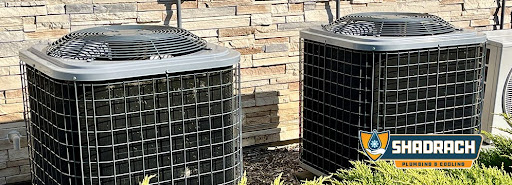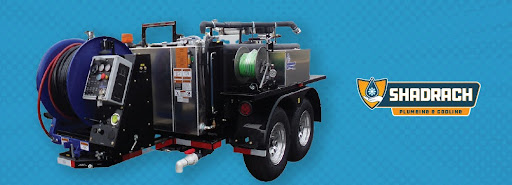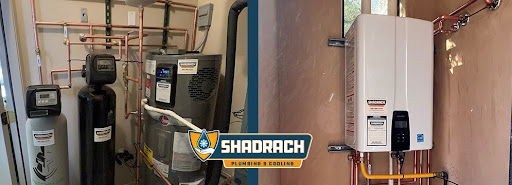Traditional central air conditioning has been the primary choice for cooling American homes since the 1960s. Even today, the ability to customize home comfort with smart and/or programmable thermostats, continues to make central air conditioning a popular option. Many homeowners see the ductless mini-split as a relatively new way to cool your indoor space. But the truth is the mini-split was introduced to the U.S. HVAC industry by Mitsubishi in 1959. Evolving technology has continued to improve their efficiency and functionality in home applications, and demand has grown over the years. To help you make a fair and informed comparison, let’s briefly talk about what each system can do for home comfort.
Central air conditioning sends cool air through your home via a ductwork system using fans and a central unit located outside on a concrete slab or gravel. The ductless mini-split system features an outdoor condenser that delivers cooled air to as many as four individual air handlers. These are typically mounted high on an interior wall. The connection between the outdoor condenser and indoor air handler requires only a three-inch hole in the wall. Outside, the condenser can be hidden up to 50 feet away.
Let’s Take a Closer Look at the Differences
Convenience and versatility in pinpointing home comfort are high selling points for the ductless mini-split system. Each air handler can be individually managed with zoned programming, meaning the temperature of the room can be set to the occupant’s specifications. No more thermostat battles among family members. Ductless mini-splits can be the perfect option for home additions or space conversions. The renovated spaces can be easily cooled without the need to connect to the existing central air conditioning system. No ductwork needed!
Many homeowners with central air conditioning systems complain about uneven cooling throughout the house. Some rooms or areas vary in temperature, or there may be fluctuations from floor to floor. The difference in temperatures can be caused by many factors like the placement of windows or even the fact that cold air travels downward. But oftentimes, the cause of uncomfortable variances is an inefficient or damaged central air conditioning system.
Is One Better Than the Other?
Two significant advantages of a ductless mini-split system are the small size and their flexibility for zoning individual rooms. With zero ducts to allow lost energy because of leaks and the fact that each air handler has its own thermostat for custom temperature control, a ductless mini-split system may improve energy efficiency by up to 30%.
If you are replacing older central air conditioning with a new one, and using existing ductwork, one advantage will be lower upfront cost. However, if ductwork repair or replacement is included the overall expense will increase. Many homeowners like the fact that central air conditioning floor registers are less obtrusive than a wall-mounted ductless mini-split air handler.
What Should We Do?
The bottom line is that there really isn’t a right or wrong choice. Whether you choose a ductless mini-split system or more traditional central air conditioning really depends on your needs and budget and your desired end result. The professional technicians at Shadrach Plumbing & Cooling have the expertise to guide you to the best solution for your home. Schedule an appointment today.










